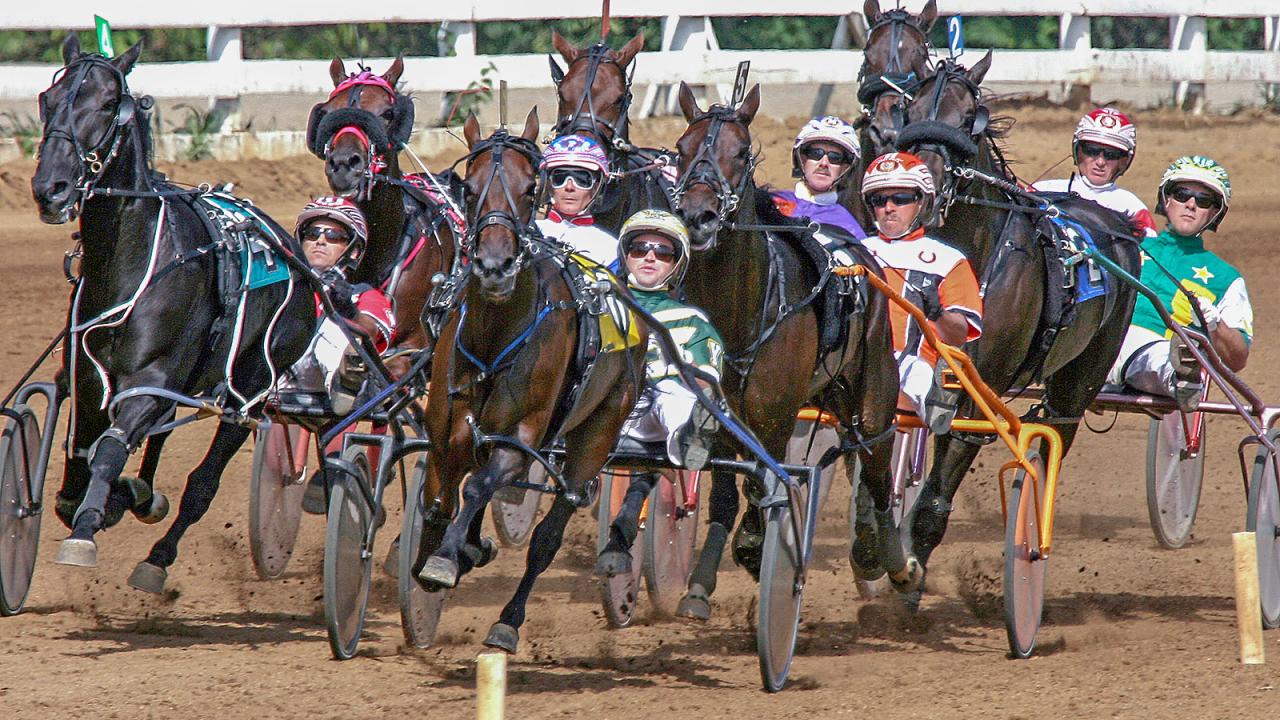
VGL researchers determine impact of studbook cap on the genetic diversity of the American Standardbred Horse
Funded by the United States Trotting Association (USTA), a recently published study by the UC Davis Veterinary Genetics Laboratory (VGL) director, Dr. Rebecca Bellone, and VGL researcher, Dr. Felipe Avila, investigated the impact of breeding restrictions (studbook cap) on the genetic diversity of the American Standardbred horse between 1998 and 2021.
The American Standardbred horse was selectively bred for harness racing, featuring two distinct gaits: the trot (a two-beat diagonal gait) and the pace (a two-beat lateral gait). In 1973, the USTA closed the studbook so that only offspring of officially recognized American Standardbreds could be eligible for registration. Due to concerns about decreasing genetic diversity and the risk of increasing recessive disorders, the USTA implemented a studbook size cap in 2009, limiting the number of mares covered by stallions each year. However, it was uncertain whether this cap had effectively helped to maintain genetic diversity within the breed.
To investigate this, VGL researchers analyzed 16 short tandem repeats (STRs) from a dataset of 176,424 horses to assess genetic diversity over the period of 24 years. They also compared genetic diversity before (1998-2009) and after (2010-2021) the implementation of the studbook cap. Findings showed that genetic diversity decreased (as expected in a closed population) in both trotting and pacing Standardbreds over the 24-year period. However, pacing Standardbreds showed a slower rate of decline after the 2009 studbook cap was implemented, as evidenced by several different measurements evaluated. Therefore, either the studbook cap helped slow the loss of genetic diversity, or changes in breeding practices over time helped maintain heterozygosity, or the decreased rate is the result of a combination of the two. The study found no significant difference in the rate of genetic diversity loss in trotters before and after the studbook cap, as well as continued genetic divergence between trotting and pacing populations over time, leading the authors to conclude that development of additional breeding tools and strategies is necessary to help the subpopulation mitigate further decline in diversity.
This study represents the most extensive longitudinal diversity analysis (spanning 24 years) that uses STR genotypes gathered as part of the registration process from a nearly complete population of horses within a breed. These findings highlight the importance of investigating genetic diversity and breeding practices to ensure the long-term health and viability of the American Standardbred horse population.
In supporting this research, the USTA has taken an important step toward better understanding how our past decisions impact the future health of the Standardbred breed,” said USTA COO TC Lane. “This study underscores the importance of data-driven strategies to preserve genetic diversity, while also providing the foundation for new breeding tools that will help ensure the long-term sustainability of our horses and our sport.”
In collaboration with the USTA, VGL researchers are now performing additional genomic analyses to develop breeding tools that can assist with maintaining genetic diversity.
To read the full publication, visit https://www.mdpi.com/2073-4425/16/7/748
